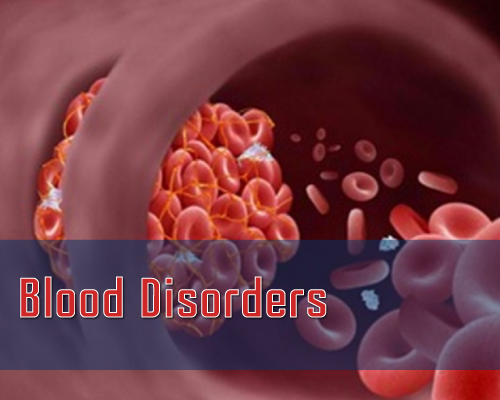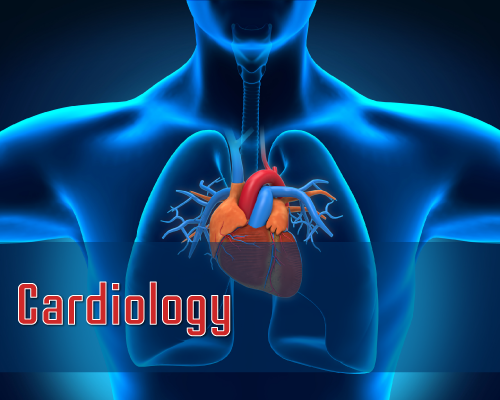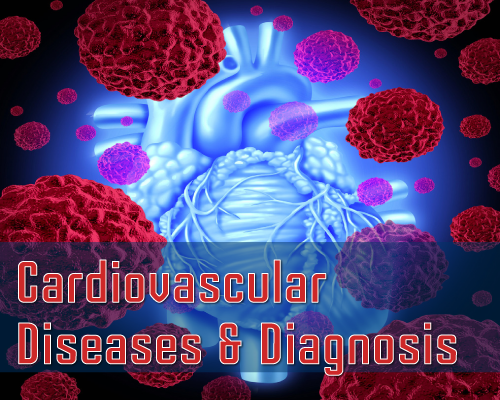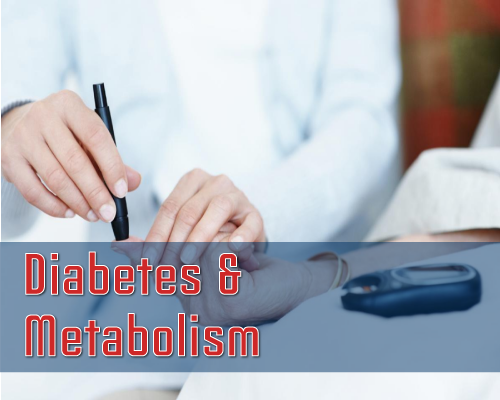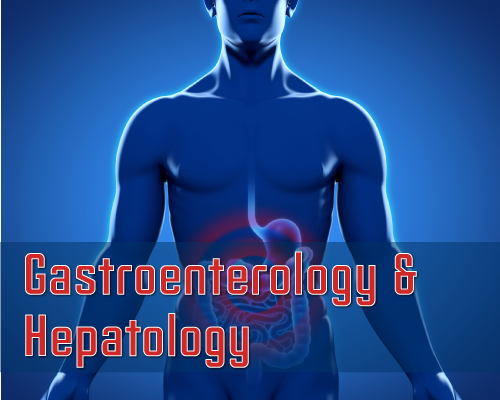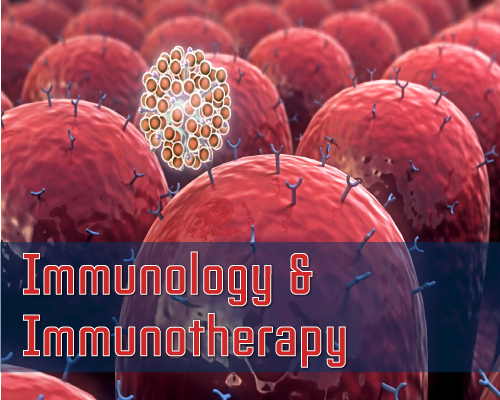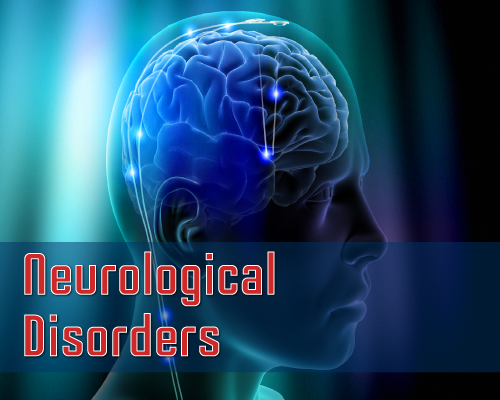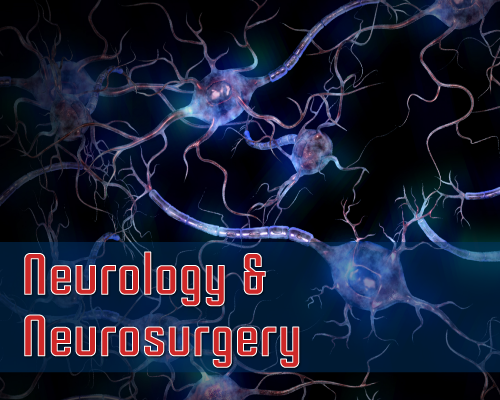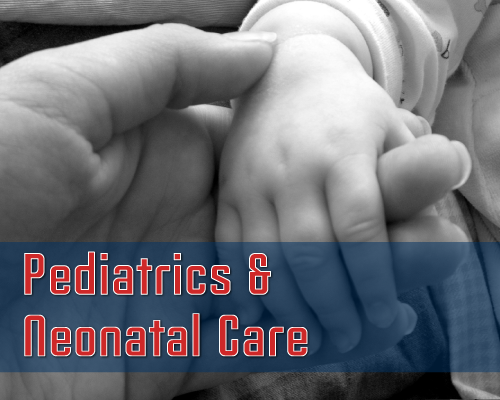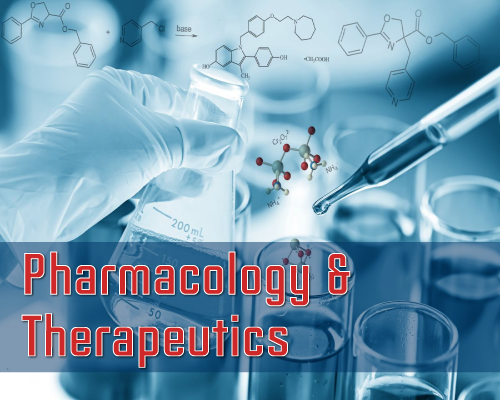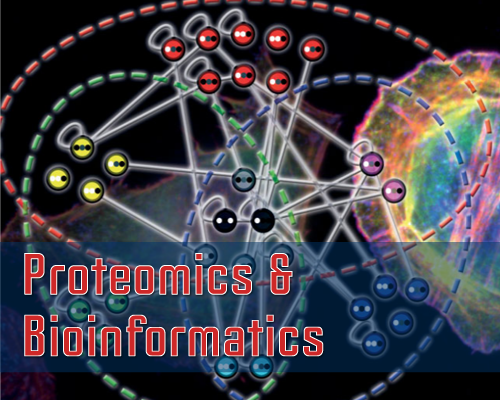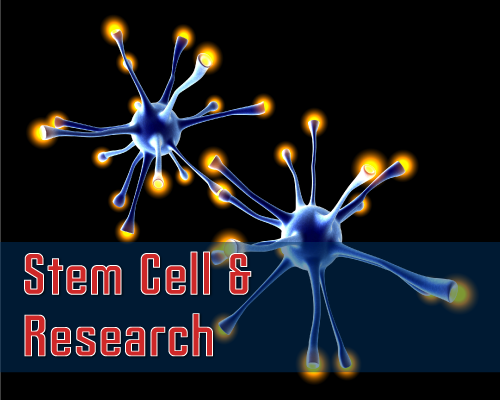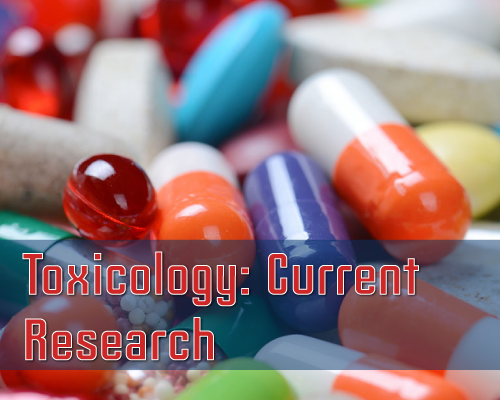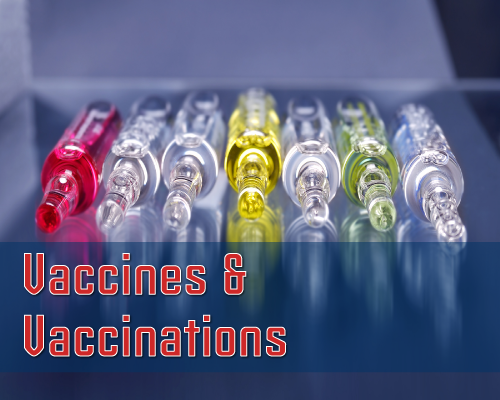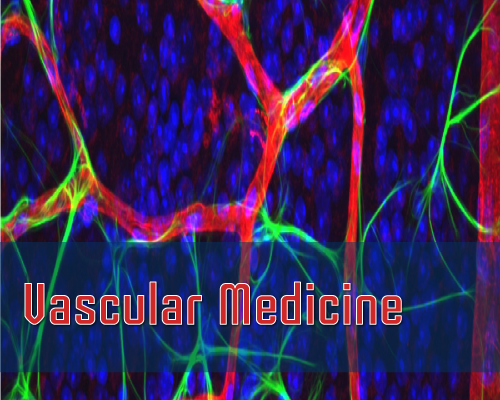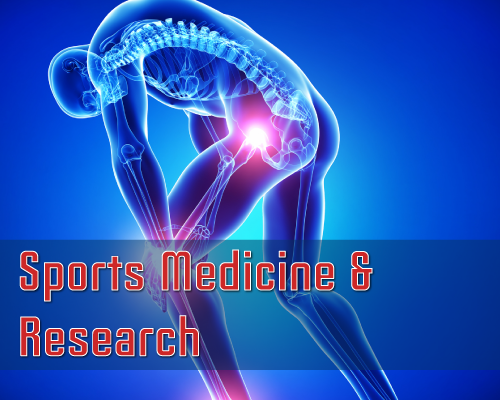João Lucas O’Connell*, Gabriela C. Borges, Rodrigo Penha de Almeida, Rose Mary Ferreira Lisboa da Silva, Anaisa Silva Roerver-Borges, Elmiro S. Resende, Nilson Penha-Silva, Leonardo Roever, Gary Tse, Tong Liu and Giuseppe Biondi-Zoccai
João Lucas O’Connell1*, Gabriela C. Borges2, Rodrigo Penha de Almeida1, Rose Mary Ferreira Lisboa da Silva2, Anaisa Silva Roerver-Borges3, Elmiro S. Resende4, Nilson Penha-Silva4, Leonardo Roever4, Gary Tse2,6, Tong Liu7 and Giuseppe Biondi-Zoccai8,9
1Department of Cardiology, Federal University of Uberlândia, Brazil
2Department of Internal Medicine, Faculty of Medicine, Federal University of Minas Gerais, Brazil
3Master Institute of Education President Antonio Carlos, IMEPAC, Araguari, Brazil
4Department of Clinical Research, Federal University of Uberlandia, Brazil
5Department of Medicine and Therapeutics, Faculty of Medicine, Chinese University of Hong Kong, Hong Kong, China
6Li KaShing Institute of Health Sciences, Faculty of Medicine, Chinese University of Hong Kong, Hong Kong, China
7Tianjin Key Laboratory of Ionic-Molecular Function of Cardiovascular Disease, Department of Cardiology, Tianjin Institute of Cardiology, the Second Hos-pital of Tianjin Medical University, Tianjin, China
8Department of Medico-Surgical Sciences and Biotechnologies, Sapienza University of Rome, Latina, Italy
9Department of AngioCardioNeurology, IRCCS Neuromed, Pozzilli, Italy
*Address for Correspondence: João Lucas O’Connell, Department of Cardiology, Federal University of Uberlândia, Brazil, Tel: +553-496-651-159; ORCID ID: orcid.org/0000-0002-2288-894X; E-mail: oconnelljl@icloud.com
Dates: Submitted: 23 August 2018; Approved: 15 September 2018; Published: 18 September 2018
Citation this article: Noble MIM. Beta blockers: effects Beyond Heart Rate Control Int J Clin Cardiol Res. 2018;2(2): 050-052.
Copyright: © 2018 O’Connell JL, et al. This is an open access article distributed under the Creative Commons Attribution License, which permits unrestricted use, distribution, and reproduction in any medium, provided the original work is properly cited.
Keywords: Beta-blockers; Catecholamine; Remodelling; Gene polymorphisms
Abstract
A lot of studies have shown that the chronic use of beta-blockers causes significant reduction in mortality and hospitalization rates in patients with heart failure. It also causes significant improvement in heart failure symptoms. These effects are obtained not only by the reduction of the detrimental effects of catecholamine on heart rate, but also by various other mechanisms. Beta-blockers cause a decrease in myocardial energy demand, inhibition of the adverse remodeling due to cardiac myocyte hypertrophy and death. They are also associated with the prevention of interstitial fibrosis and, consequently, prevention of arrhythmias. Not only all the above effects, these drugs are also related to the recovery of beta-adrenergic signalling and regulation of other detrimental systems such as the renin-angiotensin-aldosterone axis. The goal of this manuscript is to review the main studies developed for a better understanding of the effect obtained by the use of beta-blockers on heart physiology besides the control of the heart rate alone.
Introduction
Why are beta blockers used in heart failure?
According to the American Heart Association, Heart Failure (HF) affects nearly 8.26 million Americans and accounts for 32.8% of cardiovascular-related deaths. Until the beginning of this century, beta-blocker therapy in patients with this condition was contraindicated. However, its routine use in HF patients is now a well-established treatment, mainly for acting in the sympathetic nervous system, improving prognosis and providing symptomatic benefits. Many leading cardiology societies have thus included them in guidelines as an essential group of drugs for the management of heart failure [1].
The most studied drugs in this context were metoprolol (maximum dose tested: 100 mg/ day [1,2]; bisoprolol (10 mg/ day) [1,3], carvedilol (50 mg/ day) [1,4,5] and Nebibolol (10 mg/ day) [6]. They act by reducing the detrimental effects of catecholamine stimulation, thereby preventing in the long-term interstitial fibrosis and cardiac remodeling due to cardiomyocyte hypertrophy and cell death. However, noradrenergic blockade does not only affect left ventricle remodeling, but also reduces heart rate and, consequently, myocardial energy demand. The use of these drugs is also related to the optimization of beta-adrenergic signalling, to the prevention of arrhythmias, and to the beneficial effects in other detrimental systems such as the renin-angiotensin-aldosterone axis [7].
These benefits are verified in both symptomatic and asymptomatic patients, since both present a hyperactivation of the sympathetic system, although in different proportions. An elevated plasma norepinephrine concentration is considered a classic marker for poor survival in patients with heart failure and reduced Left Ventricle Ejection Fraction (LVEF) [8]. Consequently, blocking the bad effects of adrenergic substances in the heart is considered fundamental in these patients.
One important mechanism used to explain the benefits of the beta-blockers is their capability to reduce heart rate. Previous studies have shown that the elevated heart rate is, by itself, associated with worse cardiovascular outcomes, presumably acting through increasing myocardial oxygen demand and decreasing myocardial perfusion (by shortening the duration of diastole). The mechanism of the deleterious effect of elevated heart rate may also be related to increased shear pulsatile stress that may cause an inflammatory reaction in the endothelial cell [9].
A high heart rate is such an important element of heart failure that it can be used as a marker of the severity of underlying neuro-hormonal activation and cardiovascular disease. In patients with left ventricular dysfunction associated with ischemic cardiomyopathy, a heart rate of more than 70 beats per minute (bpm) is associated with a 34% increase in cardiovascular mortality and a 53% increase in hospitalization when compared to heart rates below 70 bpm [10]. But, the important potential benefit of the beta-blockers is not only related to its capability in diminishing heart rate. There are several other potential mechanisms of benefit that should be remembered.
How do beta blockers act on the hormonal axis?
Several studies have shown that neuro-hormonal mechanisms play a central role in the progression of heart failure [11]. According to this model, heart failure is a consequence of a chronic adrenergic activation, which exerts a deleterious effect on the myocardium and on circulation.
The arterial under-filling is detected by mechano receptors on the high-pressure left side of the circulation (such as the carotid sinus and the aortic arch) and causes the activation of various compensatory mechanisms in order to restore intra-arterial volume and thus preserve blood circulation to organs like brain and kidneys. These mechanisms include the activation of the sympathetic adrenergic and the angiotensin-aldosterone systems. They also include the release of various endogen substances such as vasopressin, prostaglandins, endothelins, nitric oxide, cytokines and natriuretic peptides. Finally, another natural compensatory mechanism that is present in these patients is the increase in thirst [11].
These neuro-hormonal mediators improve heart function and protects against circulation damage independently of the hemodynamic status of the patient. The long-term activation of these mechanisms leads to overexpression of biologically active molecules which, in turn, produce direct damage in the heart (left ventricle remodeling) and in the circulation (especially in the endothelium and in the kidneys). Thus, all these endogenous circulating substances lead to a continuous progression of heart failure [12,13]. The evidence to support the neuro-hormonal hypothesis is based on experimental animal models that have shown that pathophysiological relevant concentrations of neuro-hormones are capable of mimicking different aspects of heart failure [14]. Clinical studies have shown that antagonizing neuro-hormones lead to improvement of patients with heart failure [15]. Besides, the administration of β-adrenergic agonists has been shown to decrease survival of patients with chronic heart failure, even though they produce immediate and short-term hemodynamic benefits [16].
How does beta blockade of catecholamines help cardiac function?
The elevated level of circulating catecholamines leads to decreased levels and activity of cardiac β1-adrenergic receptors and thus leads to desensitization of the heart to inotropic β-adrenergic stimulation. Consequently, the myocardium becomes less responsive to sympathetic activity. In end-stage failing heart, 50% to 60% of the total signal transducing potential is lost [17].
Norepinephrine is an example of an important catecholamine in this process. It is mildly β1-receptor selective, and its cytotoxicity appears to be mediated through β- rather than α-adrenergic receptors. In transgenic mice, cardiac overexpression of human β1 receptors produces an overtly cardiomyopathic phenotype, chamber dilatation, and systolic dysfunction. Besides that, this overexpression of β1 receptors increases the markers of apoptosis [18]. In other words, in heart failure, the high levels of norepinephrine result in depressed systolic function, cardiomyopathy phenotype and concentric hypertrophy [19,20].
The role of this catecholamine is important and its plasma levels are considered an independent risk factor for mortality in heart failure. In the Vasodilator-Heart Failure II Trial, the level of plasma norepinephrine remained the only independent predictor of mortality. In this study, the baseline median plasma norepinephrine value (n = 743) was 490 pg/ mL and the baseline median plasma renin activity (n = 737) was 6.9 ng.mL-1 x hr-1. By univariate analysis, the logarithms of the plasma norepinephrine (p < 0.0001) and the plasma renin activity (p = 0.01) were significantly related to all-cause mortality. In a multivariate analysis that included other significant univariate prognostic variables (i.e., baseline ejection fraction, peak oxygen consumption during exercise, and cardiothoracic ratio), log plasma norepinephrine but not plasma renin activity remained a significant (p = 0.02) predictor of mortality. The survival benefit of drugs tested in this trial (enalapril compared with hydralazine-isosorbidedinitrate) was most evident in those patients with a plasma norepinephrine value > 900 pg/ mL. Together, this study demonstrates that plasma norepinephrine is an independent predictor of prognosis in patients with congestive heart failure and that neuroendocrine activation is a critical prognostic factor for patients with congestive heart failure as well as an important determinant of the differential response to vasodilators [21].
The blockage of the receptors of catecholamines is the fundamental basis for the use of antiadrenergic agents in the treatment of chronic heart failure. Beta-blockers decrease plasma norepinephrine and atrial natriuretic peptide levels after just two weeks after initiation. Indeed, clinical studies have reported that the decrease in neuro-hormonal factor levels accompanied by late improvement in left ventricular contractile function and therefore may partly account for the therapeutic efficacy of drug therapy in heart failure [21,22].
How can reduction of catecholamines genetically interfere with the heart?
The direct detrimental effects of catecholamines on the myocardium are corroborated by gene polymorphisms in adrenergic receptors that enhance cardiac sympathetic activity. Evidence is accumulating that genetic polymorphisms may be predictive of cardiovascular risk [23]. Treatment with beta-blockers is associated with changes in myocardial gene expression. In a recent clinical randomized study, the majority of the patients with idiopathic dilated cardiomyopathy treated with carvedilol or metoprolol had an increase in sarcoplasmic-reticulum calcium ATPase mRNA and α-myosin heavy chain mRNA and a decrease in β-myosin heavy chain mRNA. By contrast, sarcoplasmic-reticulum calcium ATPase levels did not change in the placebo group who had a spontaneous response [24].
In addition to the neuro-hormonal substances that are elevated in heart failure, previous studies have also shown the increased circulating levels of various inflammatory cytokines in patients with congestive heart failure [25]. The overexpression of these inflammatory cytokines can produce left ventricular dysfunction, pulmonary edema and cardiomyopathy in humans. Of these cytokines, elevated levels of tumor necrosis factor-alpha and interleukin-6 are those mostly associated with the progression of this disease. This interaction is evidenced by the fact that these cytokines induce apoptosis in myocardial cells and produce negative inotropic effects in cardiac tissue [26].
Recent data show that beta-blockers can lower the circulating level of TNF-alpha and that the reduction of TNF-alpha levels was closely related to the alterations in circulating levels of IL-10 (an inhibitor of the activity of the TNF-alpha) [27]. This means that beta-blockage reduces the levels of inflammatory cytokines and increases the anti-inflammatory ones, so, these drugs may have an important immune regulatory effect in modifying the dysregulated cytokine network in heart failure [28].
Can beta blockers reduce the levels of other vasoconstrictors?
Beta-blockers decrease the circulating noradrenaline levels which is associated with improvement in ejection fraction [20]. This benefit can be explained by a reduction in oxygen demand of peripheral vessels and reduces peripheral vascular resistance and, consequently, afterload, reduction in myocardial oxygen consumption and reverse ventricular remodeling [29].
However, in addition to noradrenaline, beta blockade also reduces other vasoconstrictor levels, such as renin and endothelin. The RESOLVD Pilot Study showed that metoprolol causes suppression of the levels of renin and of angiotensin II and results in fewer deaths [30]. Other classic studies were developed involving the analysis of serum endothelin levels before and after the use of another beta-blocker: carvedilol. These data indicate that carvedilol directly inhibits the biosynthesis of endothelin-1 levels in human coronary artery endothelial cells. This effect may contribute to the vasodilating and antiproliferative actions of this drug. Furthermore, these studies showed significant changes in the severity of the symptoms of heart failure, improvement of hemodynamic parameters and neuro-hormonal parameters after the reduction in the levels of this vasoconstrictor. This reduction was as an independent and non-invasive predictor of functional and hemodynamic responses to therapy in these patients [31,32].
How do beta blockers reverse cardiac remodeling?
After 4 to 12 months of beta blockage therapy, there occurs a regression in myocardial mass and normalization in ventricular shape, which is called reverse remodeling [33]. This phenomenon and the effect of improving systolic function are unique to beta-blockade. Although inhibitors of the renin-angiotensin system can attenuate the remodeling process, they do not typically reverse it and do not produce improvements in intrinsic systolic function [34-36]. By contrast, carvedilol improve systolic function and bisoprolol had a significant mortality benefit [36,37].
Can remodeling reversal reduce arrhythmias?
Antiarrhythmic effects are also a fundamental benefit of the beta-blockers. They decrease the frequency of ventricular premature beats, especially after a myocardial infarction. Old trials were able to demonstrate that metoprolol had a prophylactic effect against ventricular fibrillation in acute myocardial infarction [38]. It was also demonstrated that beta-blockage therapy decreases automaticity, increases electrophysiological threshold for activation, and slows intra-ventricular conduction. In patients with ventricular fibrillation and sustained ventricular tachycardia, this therapy culminated in a relatively low incidence of both sudden and non-sudden death [39].
Can reversal of remodeling reduce coronary atherosclerosis?
In patients with myocardial infarction, beta-blockers reduce recurrent myocardial infarction and total mortality rates. A recent analysis from 4 intravascular ultrasonography trials with more than one thousand patients concluded that beta-blockers can slow progression of coronary atherosclerosis. The estimated annual change in atheroma volume was statistically significant except in patients submitted to this therapy [40].
The use of beta-blockers also decreases the free-radical mediated sarcolemmal lipid peroxidation in cardiac membranes. These substances are produced during the occurrence of cardiac ischemia. So, they protect the myocardium from the deleterious effects of this type of membrane lesion mediated by free-radicals [41-44].
Conclusion
It can be concluded that in the long run, beta-blockers reduce mortality and morbidity in patients with heart failure. The mechanisms of this benefit in survival and symptoms are multiple and complex. These drugs act by inducing myocyte adrenergic receptor polymorphism, by decreasing the exacerbated response to stimulation, by improving the effectiveness of the adrenergic response, and by up-regulating myocardial beta-1-receptor density. All of these effects combined lead to restoration of the inotropic and chronotropic responsiveness of the myocardium, and finally improve contractile function.
Beta-blockers also reduce heart rate, leading to the reduction of oxygen consumption that may allow recovery of contractile function in hibernating myocardial areas in patients with ischemic cardiomyopathy. In addition, a slower heart rate allows a better perfusion of these areas, by increasing the diastolic period of the cardiac cycle. Finally, they also act by delaying or reversing cardiac remodeling, by increasing antiarrhythmic effects, by reducing the progression of atherosclerotic and of free-radical mediated cell damage processes.
Therefore, the use of beta-blockers is related to various essential benefits to the heart and arterial vessels. These benefits are explained not only by a better heart rate control, but also by an improvement in genetic and hormonal regulations. A better understanding of all these different effects is essential to understand the fundamental role of these drugs in the treatment of heart failure patients. The use of beta-blockers (and the optimization of the dose) is very well established and should be applied whenever there are no absolute contraindications.
References
- Foody JM, Farrell MH, Krumholz HM. Beta-blocker therapy in heart failure: scientific review. JAMA. 2002; 287: 883-889. https://goo.gl/zjxBux
- MERIT-HF Study Group. Effect of metoprolol CR/XL in chronic heart failure: Metoprolol CR/XL Randomised Intervention Trial in Congestive Heart Failure (MERIT-HF).Lancet. 1999; 353: 2001-2007. https://goo.gl/mLN6Dy
- CIBIS-II Investigators and Committees. The Cardiac Insufficiency Bisoprolol Study II (CIBIS-II): a randomized trial. Lancet. 1999; 353: 9-13. https://goo.gl/4hufSx
- Packer M, Bristow MR, Cohn JN, Colucci WS, Fowler MB, Gilbert EM, et al. The effect of carvedilol on morbidity and mortality in patients with chronic heart failure. U.S. Carvedilol Heart Failure Study Group. N Engl J Med. 1996; 334: 1349-1355. https://goo.gl/W18kfL
- Dargie HJ. Effect of carvedilol on outcome after myocardial infarction in patients with left-ventricular dysfunction: the CAPRICORN randomized trial. Lancet. 2001; 357: 1385-1390. https://goo.gl/iMND3S
- Flather MD, Shibata MC, Coats AJ, Van Veldhuisen DJ, Parkhomenko A, Borbola J, et al. Randomized trial to determine the effect of nebivolol on mortality and cardiovascular hospital admission in elderly patients with heart failure (SENIORS). Eur Heart J. 2005; 26: 215-225. https://goo.gl/afrA5E
- Clyde W, Yancy, Mariell Jessup, Biykem Bozkurt, Javed Butler, Donald E, et al. Heart failure: a report of the American college of cardiology foundation/American heart association task force on practice guidelines. Circulation. 2013; 138.
- Sackner-Bernstein JD, Mancini DM. Rationale for treatment of patients with chronic heart failure with adrenergic blockade. JAMA. 1995; 274: 1462-1467. https://goo.gl/TehwXe
- Dobre D, Borer JS, Fox K, Swedberg K, Adams KF, Cleland JG, et al. Heart rate: a prognostic factor and therapeutic target in chronic heart failure. The distinct roles of drugs with heart rate-lowering properties. Eur J Heart Fail. 2014; 16: 76-85. https://goo.gl/ygMCAz
- Fox K, Ford I, Steg PG, Tendera M, Robertson M, Ferrari R. Heart rate as a prognostic risk factor in patients with coronary artery disease and left-ventricular systolic dysfunction (BEAUTIFUL): a subgroup analysis of a randomised controlled trial. Lancet. 2008; 372: 817-821. https://goo.gl/qzoj8p
- Dimitrius NT, Geogrios KC, Dimitrios I, Hellenic X. Neurohormonal hypothesis in heart failure. J Cardiol. 2003; 44: 195-205
- Packer M. Evolution of the neurohormonal hypothesis to explain the progression of chronic heart failure. Eur Heart J. 1995; 16: 4-6. https://goo.gl/FUxMuh
- Packer M. The neurohormonal hypothesis: a theory to explain the mechanism of disease progression in heart failure. J Am Coll Cardiol. 1992; 20: 248-254. https://goo.gl/G165cn
- Bozkurt B1, Kribbs SB, Clubb FJ, Michael LH, Didenko VV, Hornsby PJ, et al. Pathophysiologically relevant concentrations of tumor necrosis factor-a promote progressive left ventricular dysfunction and remodeling in rats. Circulation. 1998; 97: 1382-1391. https://goo.gl/RqRtbN
- SOLVD Investigators, Yusuf S, Pitt B, Davis CE, Hood WB, Cohn JN. Effect of enalapril on mortality and the development of heart failure in asymptomatic patients with reduced left ventricular ejection fraction. N Engl J Med. 1992; 327: 685-691. https://goo.gl/BGveHn
- Packer M. The development of positive inotropic agents for chronic heart failure: how have we gone astray? J Am Coll Cardiol. 1993; 22; 119–126. https://goo.gl/S47swD
- Hunter JJ, Chien KR. Signaling pathways for cardiac hypertrophy and failure. N Engl J Med. 1999; 341: 1276-1283. https://goo.gl/LZCvQD
- Engelhardt S, Hein L, Wiesmann F, Lohse MJ. Progressive hypertrophy and heart failure in β-1 adrenergic receptor transgenic mice. Proc Natl Acad Sci USA. 1999; 96: 7059-7064. https://goo.gl/KwZhMp
- Geng YJ, Ishikawa Y, Vatner DE, Wagner TE, Bishop SP, Vatner SF, et al. Overexpression of Gsα accelerates programmed death (apoptosis) of myocardiocytes in transgenic mice. Circulation. 1996; 94: 1640.
- Yoshikawa T, Handa S, Anzai T, Nishimura H, Baba A, Akaishi M, et al. Early reduction of neurohumoral factors plays a key role in mediating the efficacy of beta-blocker therapy for congestive heart failure. Am Heart J. 1996; 131: 329-336. https://goo.gl/RUqqpF
- Francis GS, Cohn JN, Johnson G, Rector TS, Goldman S, Simon A. Plasma norepinephrine, plasma renin activity, and congestive heart failure: relations to survival and the effects of therapy in V-HeFT II. Circulation. 1993; 87; 140-148. https://goo.gl/JPFMdD
- Swedberg K, Eneroth P, Kjekshus J, Wilhelmsen L. Hormones regulating cardiovascular function in patients with severe congestive heart failure and their relation to mortality. CONSENSUS Trial Study Group. Circulation. 1990; 82: 1730-1736. https://goo.gl/LRLhy8
- Ginsburg GS, Donahue MP, Newby LK. Prospects for personalized cardiovascular medicine: the impact of genomics. J Am Coll Cardiol. 2005; 46: 1615-1627. https://goo.gl/mduHF9
- Lowes BD1, Gilbert EM, Abraham WT, Minobe WA, Larrabee P, Ferguson D, et al. Myocardial gene expression in dilated cardiomyopathy treated with beta-blocking agents. N Engl J Med. 2002; 346: 1357-1365. https://goo.gl/1vYLiC
- Levine B, Kalman J, Mayer L, Fillit HM, Packer M. Elevated circulating levels of tumor necrosis factor in severe chronic heart failure. N Engl J Med.1990; 323: 236-241. https://goo.gl/ohUZUE
- Hocking DC, Phillips PG, Ferro TJ, Johnson A. Mechanisms of pulmonary edema-induced tumor necrosis factor-alpha. Circ Res. 1990; 67: 68-77. https://goo.gl/UwCKZf
- Ohtsuka T, Hamada M, Hiasa G, Sasaki O, Suzuki M, Hara Y, et al. Effect of beta-blockers on circulating levels of inflammatory and anti-inflammatory cytokines in patients with dilated cardiomyopathy. J Am Coll Cardiol. 2001; 37: 412-417. https://goo.gl/58DRGQ
- Fox K, Borer JS, Camm AJ, Danchin N, Ferrari R, Lopez Sendon JL, et al. Resting heart rate in cardiovascular disease. J Am Coll Cardiol. 2007; 50: 823-830.
- Bristow MR. Beta-adrenergic receptor blockade in chronic heart failure. Circulation. 2000; 101: 558-559. https://goo.gl/VkYE64
- The RESOLVD Investigators. Effects of metoprolol CR in patients with ischemic and dilated cardiomyopathy: The randomized evaluation of strategies for left ventricular dysfunction pilot study. Circulation. 2000; 101: 378-384. https://goo.gl/FfPhkz
- Krum H, Gu A, Wilshire-Clement M, Sackner-Bernstein J, Goldsmith R, Medina N, et al. Changes in plasma endothelin-1 levels reflect clinical response to beta-blockade in chronic heart failure. Am Heart J. 1996; 131: 337-341.
- Ohlstein EH, Arleth AJ, Storer B, Romanic AM. Carvedilol inhibits endothelin-1 biosynthesis in cultured human coronary artery endothelial cells. J Mol Cell Cardiol. 1998; 30: 167-173. https://goo.gl/jbHsWY
- Gilbert EM, Abraham WT, Olsen S, Hattler B, White M, Mealy P, et al. Comparative hemodynamic, left ventricular functional, and antiadrenergic effects of chronic treatment with metoprolol versus carvedilol in the failing heart. Circulation. 1996; 94: 2817-2825. https://goo.gl/2XUemB
- Bristow MR, Minobe WA, Raynolds MV, Port JD, Rasmussen R, Ray PE, et al. Reduced beta 1 receptor messenger RNA abundance in the failing human heart. J Clin Invest. 1993; 92: 2737-2745. https://goo.gl/JYDmDG
- Eichhorn EJ, Bristow MR. Medical therapy can improve the biologic properties of the chronically failing heart: a new era in the treatment of heart failure. Circulation. 1996; 94: 2285-2296. https://goo.gl/MnDhxQ
- Bristow MR, Gilbert EM, Abraham WT, Adams KF, Fowler MB, Hershberger RE, et al. Carvedilol produces dose-related improvements in left ventricular function and survival in subjects with chronic heart failure. Circulation. 1996; 94: 2807-2816. https://goo.gl/rEumu6
- Lechat P, Escolano S, Golmard JL, Lardoux H, Witchitz S, Henneman JA, et al. Prognostic value of bisoprolol-induced hemodynamic effects in heart failure during the Cardiac Insufficiency Bisoprolol Study (CIBIS). Circulation. 1997; 96: 2197-2205. https://goo.gl/5qkcN3
- Rydén L, Ariniego R, Arnman K, Herlitz J, Hjalmarson A, Holmberg S, et al. A double-blind trial of metoprolol in acute myocardial infarction. Effects on ventricular tachyarrhythmias. N Engl J Med. 1983; 308: 614-618. https://goo.gl/5D2Zoi
- Brodsky MA, Allen BJ, Bessen M, Luckett CR, Siddiqi R, Henry WL. Beta-blocker therapy in patients with ventricular tachyarrhythmias in the setting of left ventricular dysfunction. Am Heart J. 1988; 115: 799-808. https://goo.gl/LPHqXw
- Sipahi I, Tuzcu EM, Wolski KE, Nicholls SJ, Schoenhagen P, Hu B, et al. Beta-blockers and progression of coronary atherosclerosis: pooled analysis of 4 intravascular ultrasonography trials. Ann Intern Med. 2007; 147; 10-18. https://goo.gl/4cHt4g
- Mak IT, Weglicki WB. Protection by beta-blocking agents against free radical-mediated sarcolemmal lipid peroxidation. Circ Res. 1988; 63: 262-266. https://goo.gl/RVgR8P
- Chatterjee S, Biondi-Zoccai G, Abbate A, D'Ascenzo F, Castagno D, Van Tassell B, et al. Benefits of β blockers in patients with heart failure and reduced ejection fraction: network meta-analysis. BMJ. 2013; 346: 55. https://goo.gl/X2q3sF
- DiNicolantonio JJ, Fares H, Niazi AK, Chatterjee S, D'Ascenzo F, Cerrato E, et al. β-Blockers in hypertension, diabetes, heart failure and acute myocardial infarction: a review of the literature. Open Heart. 2015; 2: e000230. https://goo.gl/LKorVQ
- Landoni G, Turi S, Biondi-Zoccai G, Bignami E, Testa V, Belloni I, et al. Esmolol reduces perioperative ischemia in noncardiac surgery: a meta-analysis of randomized controlled studies. J Cardiothorac Vasc Anesth. 2010; 219: 219-229. https://goo.gl/8QKiWV
Authors submit all Proposals and manuscripts via Electronic Form!


